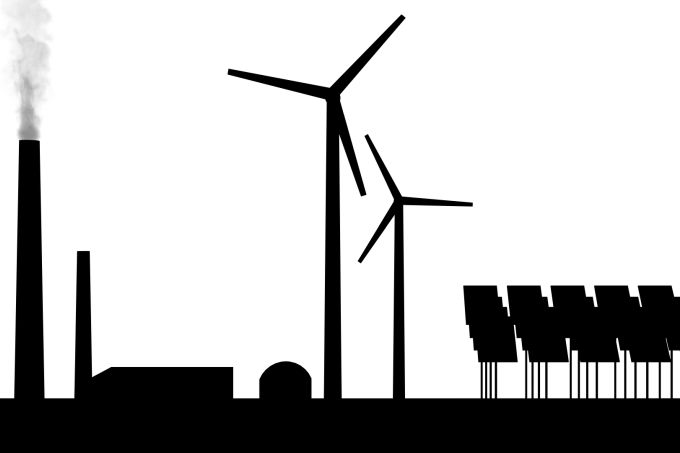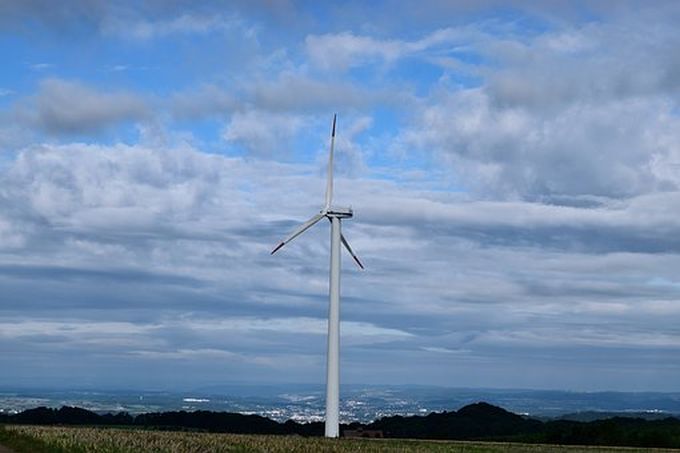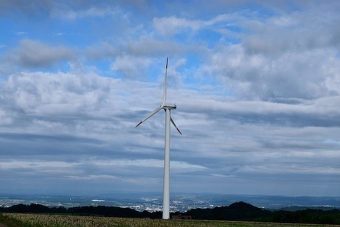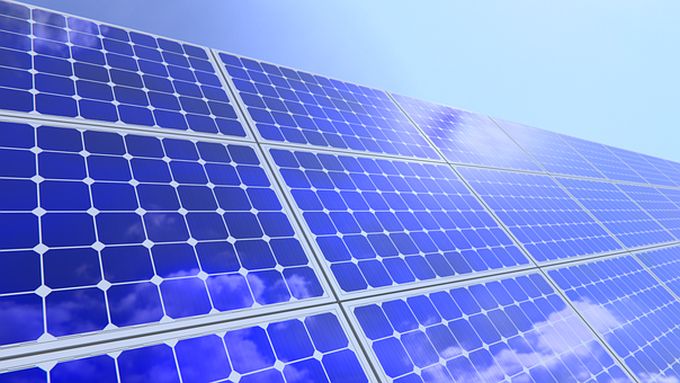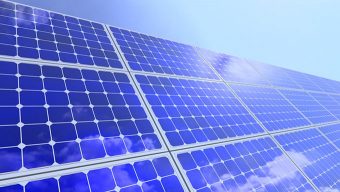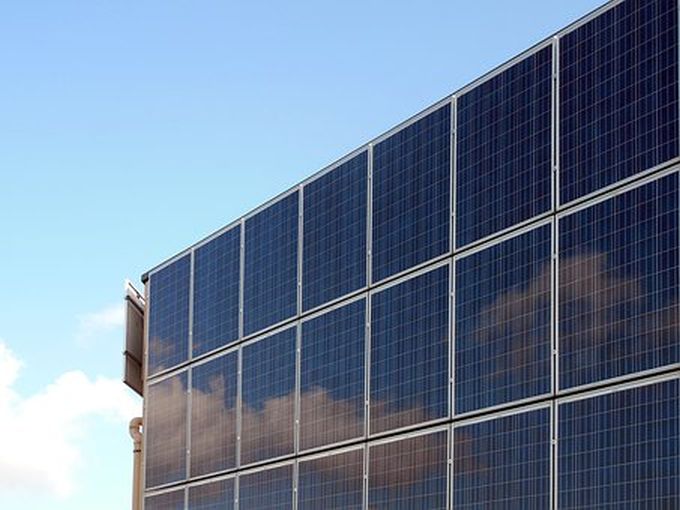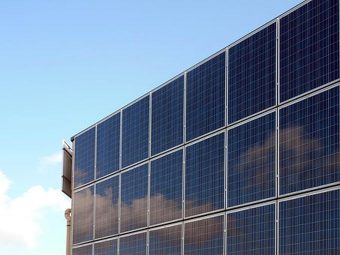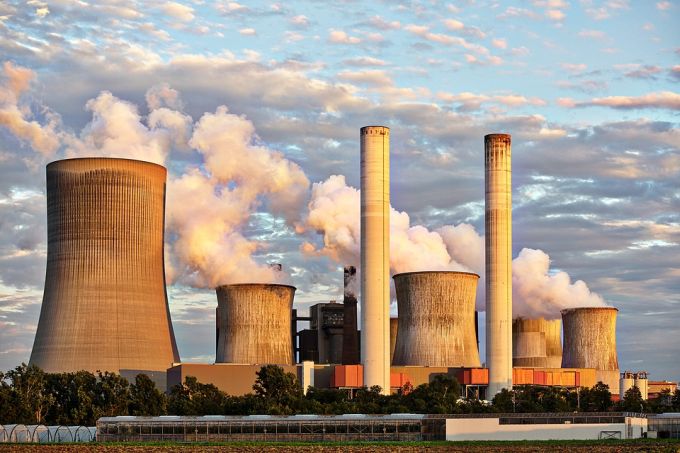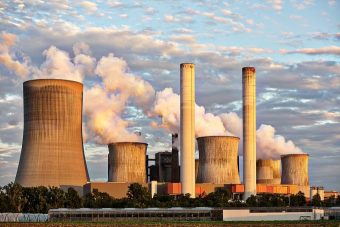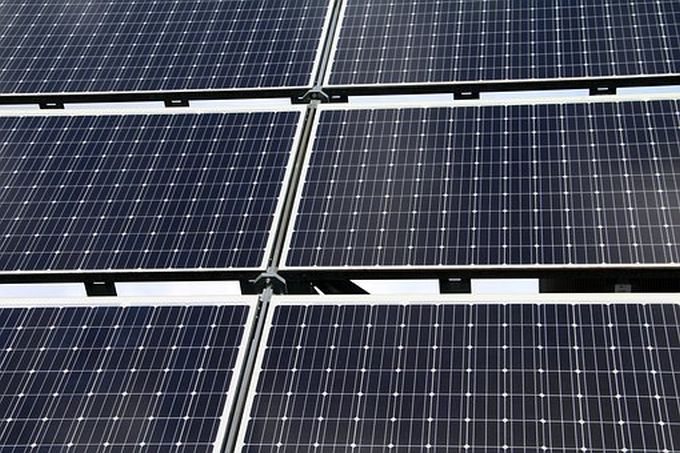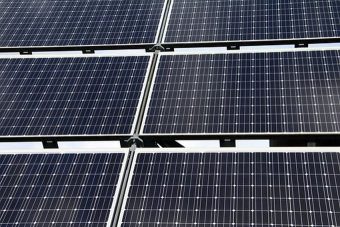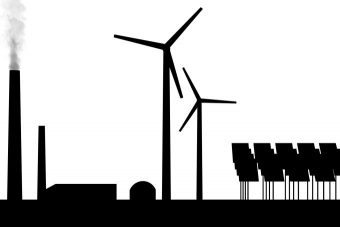
China’s plans to deliver a green winter Olympics in 2022 stepped up a gear on Saturday with news of a deal to brand co-host Zhangjiakou as China’s first ‘energy transition city’.
Under a partnership struck with the International Renewable Energy Agency (IRENA) and the People’s Government of Hebei Province, Zhangjiakou will develop a renewable energy roadmap, with the aim of generating at least 50 per cent of its power from renewable sources by 2020.
There are also plans for the city’s Olympic Zone to be certified as low carbon, with both the Olympics centre and stadium powered by renewable energy. The moves are part of a wider plan to exploit the region’s strong wind, solar, and biomass potential.
“The pursuit of a low-carbon Winter Olympics in 2022 will not only support China’s ambition to lower harmful emissions, but it will also see them pioneer a movement towards the cost-effective decarbonisation of the world’s greatest spectacles,” IRENA director-general Adnan Amin said in a statement. “This agreement reflects the Agency’s deepening cooperation with China and will facilitate a positive, two-way exchange of expertise and knowledge.”
The 2022 Games will be the first major global sporting event hosted by China since the 2008 Beijing Olympics.
Beijing is also co-host of the 2022 Winter Games, depite being around 200km away from Zhangjiakou.
The push for a ‘green Games’ in 2022 follows pressure from campaigners such as Greenpeace, which after the location of the 2022 Winter Games was announced called on China to deliver the “most advanced environmental vision, determination and technologies” at the event.
Source: businessgreen.com


